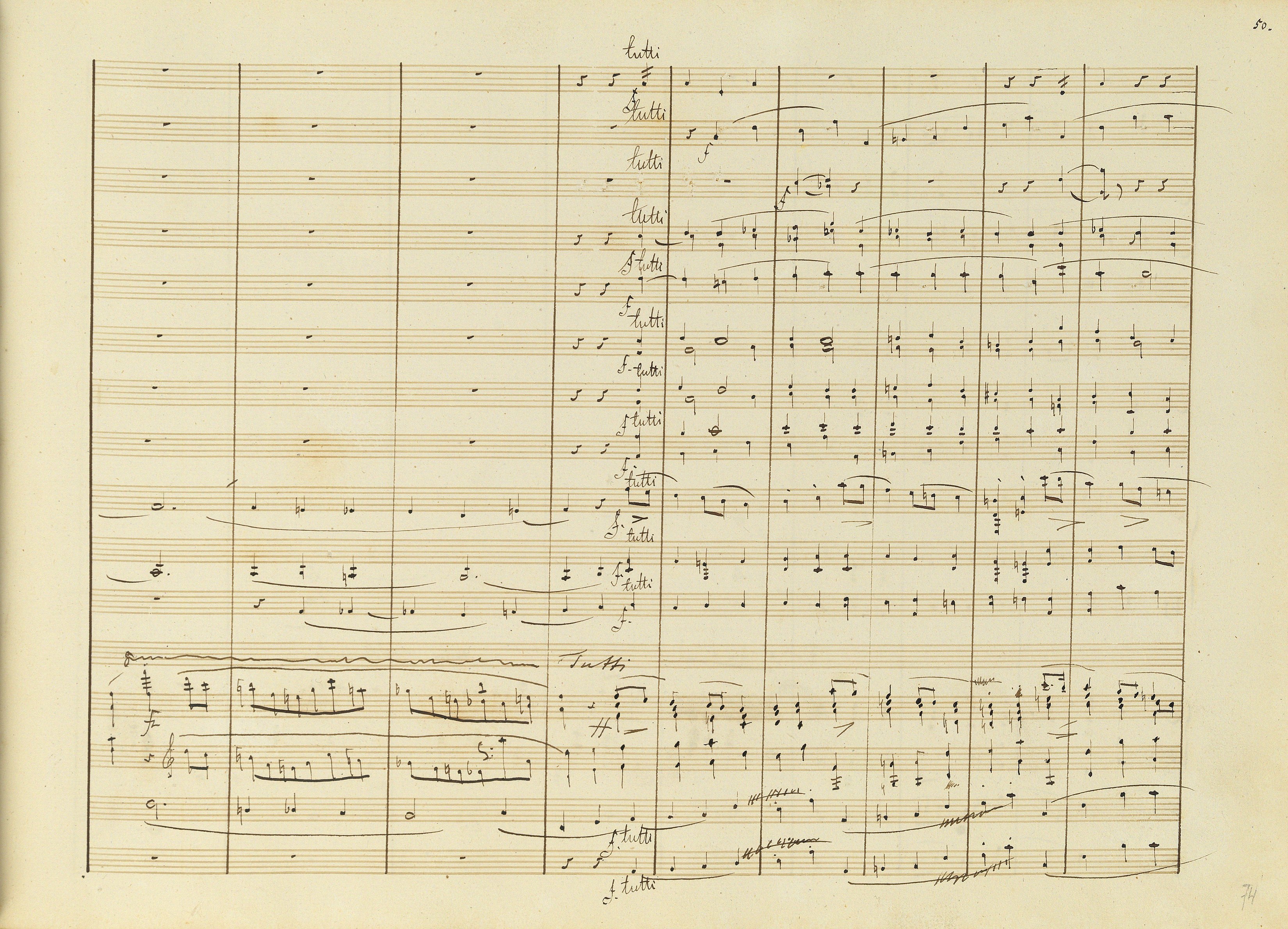




|
8– – ¬ to bar 340 in A (→GE1), contextual interpretation & in EE2 |
|

|
||

|
8– – ¬ over octave in bar 337, suggested by the editors |
Due to the overlapping mistakes of Chopin himself and of the engravers, most probably none of the sources conveys the correct text:
- in A the octave sign breaks at the end of bar 339, which results in a pointless transfer of the triton's resolution an octave lower. Chopin's mistake is confirmed by the missing word loco, used by the composer as a signal to return to the normal pitch. Therefore, we assume that it is the version with an octave sign to the 1st crotchet in bar 340 that is the text of A.
- the mistake at the end of the octave sign was smoothened in GE1, although it does not seem that this inaccurate notation could have been stemming from a revision, not to mention Chopin's proofreading. In addition, the beginning of the octave sign was moved to the beginning of the bar, encompassing with it also the 1st crotchet in bar 337, which is a mistake. The version was then introduced in EE2.
- the elimination of the octave sign in FE (→EE1) is most probably a result of Chopin's proofreading. However, it is difficult to assume that the composer wanted to remove the octave sign over the 2nd crotchet in bar 337, which would have eliminated the characteristic leap to the f3-f4 octave, playing an important role in this movement of the Concerto – cf. bars 13, 29-32 and 369-376. Therefore, the proofreading was most probably performed inaccurately, e.g. it was not finished (the erroneous octave sign over bars 337-339 was indeed removed, yet the correct one, encompassing only the mentioned octave, was not added). This version was restored in EE3.
The discussed bars end a 16-bar period (bars 325-340), constituting, in particular, its melodic ending. Moving them an octave higher than in analogous bars 1-16 deforms the course of the melodic line of the theme, which suggests that the notation of A can be erroneous already from the 3rd beat in bar 337 and not only at the beginning of bar 340. This conclusion is confirmed by a later proofreading of FE, in spite of having been performed inaccurately. Taking into account the above observations and evaluations, in the main text we suggest an analogous version to bars 13-16. The contextual interpretation of A and the version of FE (→EE1) can be considered to be potentially authentic.
Compare the passage in the sources »
category imprint: Interpretations within context; Differences between sources
issues: EE revisions, Errors in FE, Errors in GE, GE revisions, Errors of A, Authentic corrections of FE
notation: Pitch

